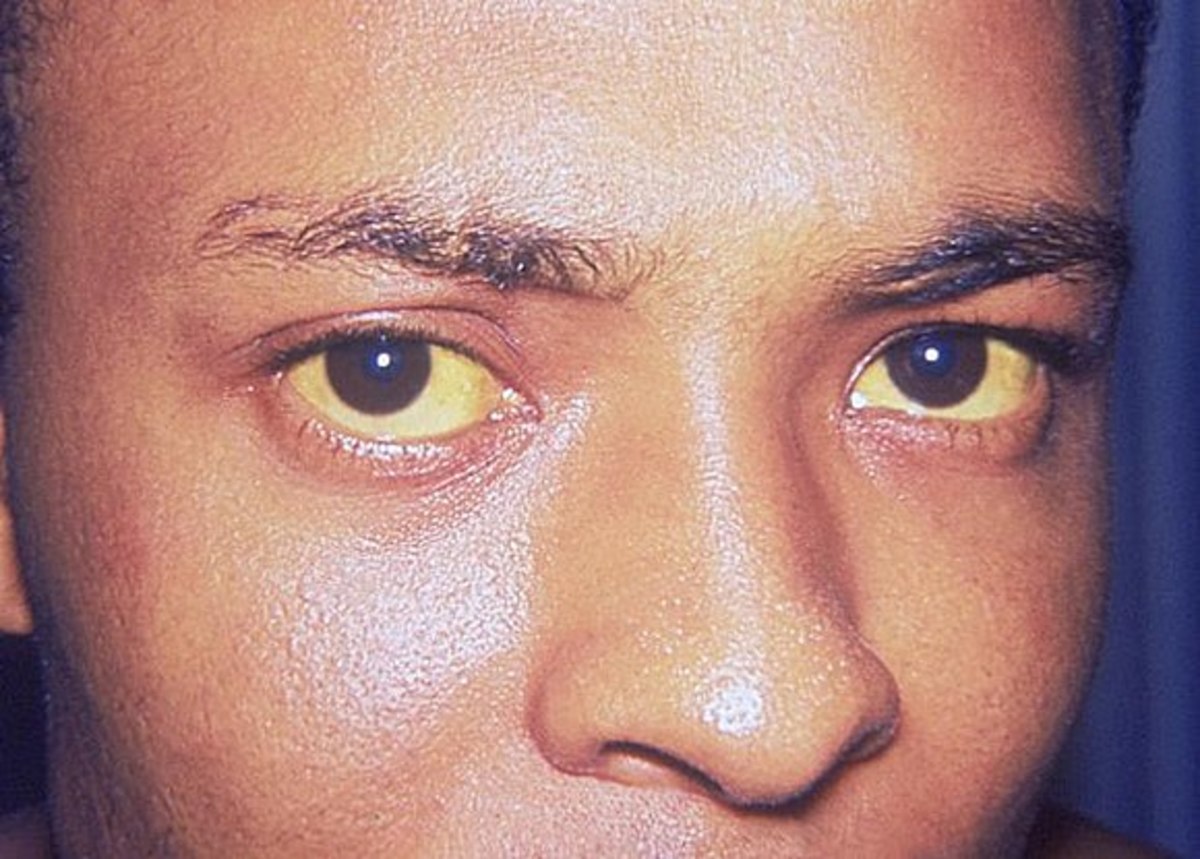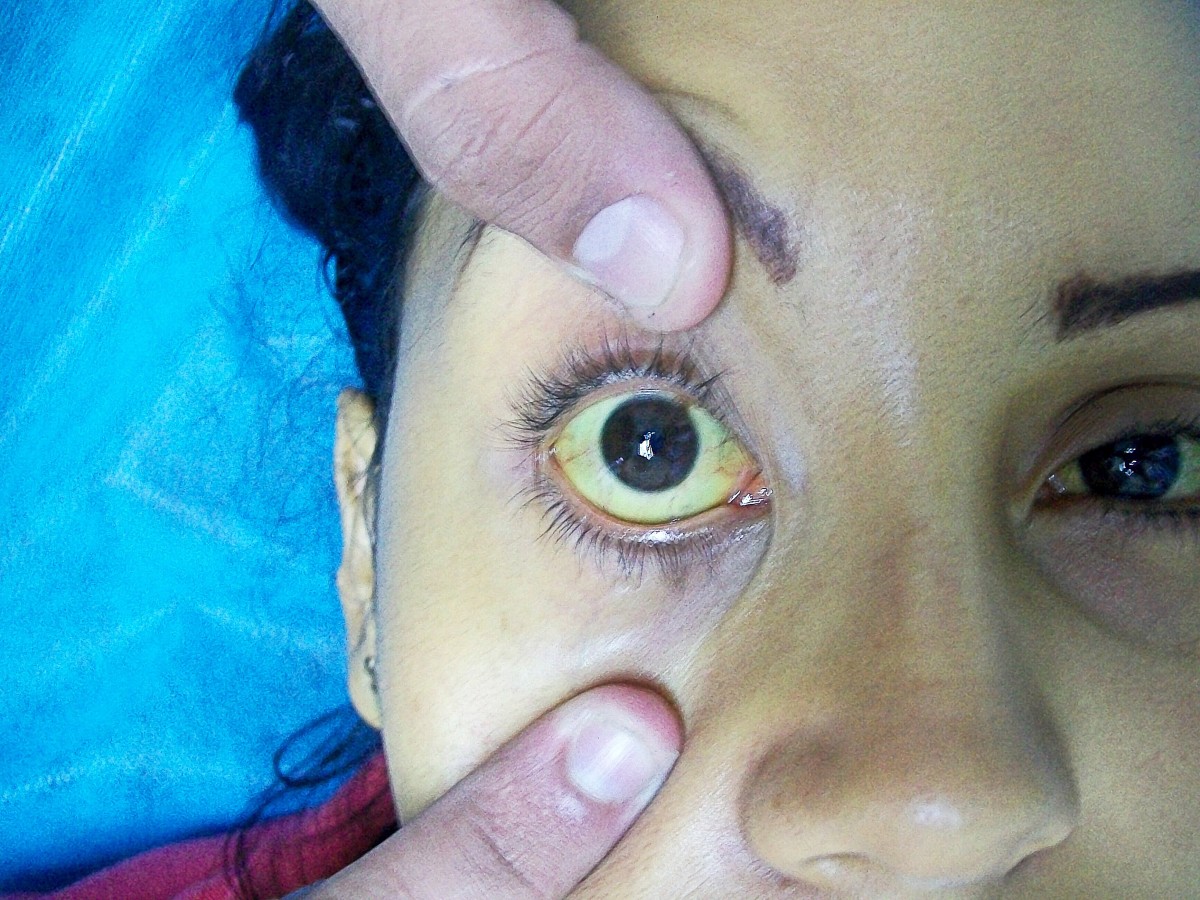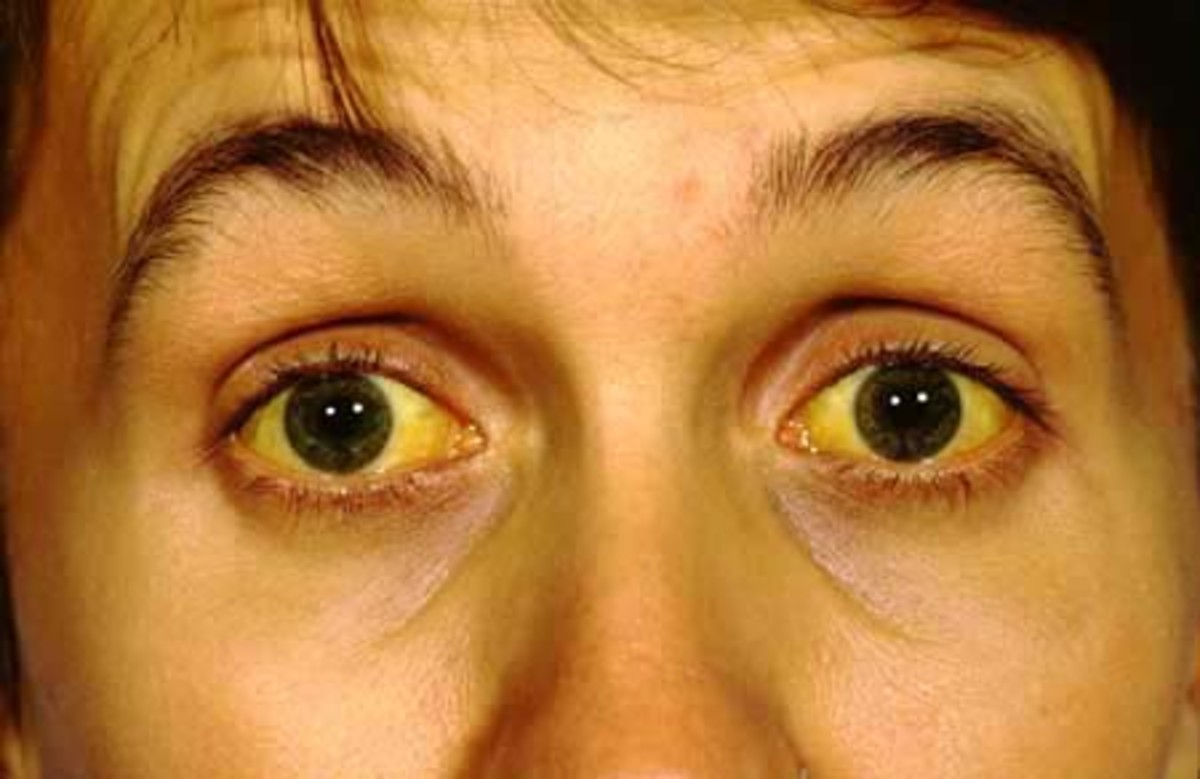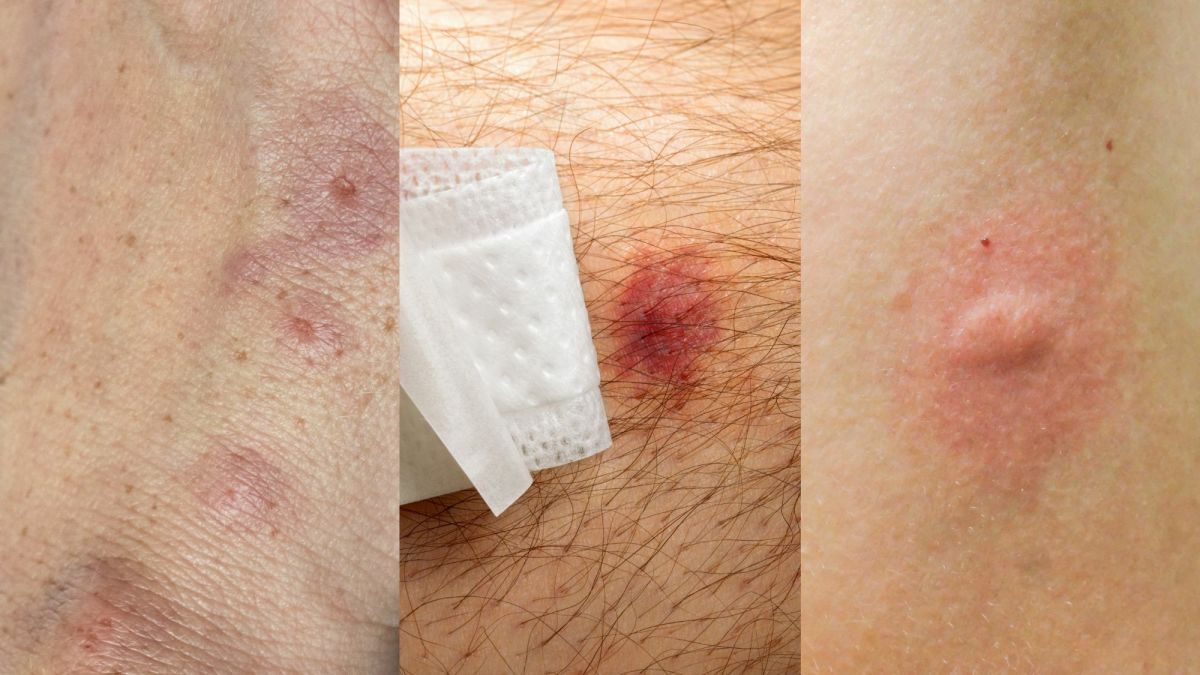Viral Hepatitis: Health Implications Of Its Clinical Presentations And Laboratory Investigations
The Icteric Phase Of Hepatitis Infection
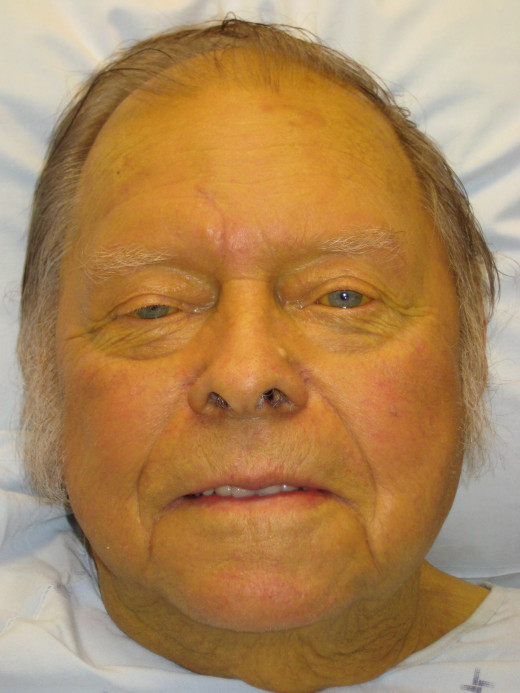
Clinical Manifestations Of Viral Hepatitis
The disease presents a clinical spectrum ranging from mild and unapparent infection to the most serious fulminant and often fatal acute hepatic failure. Subclinical infection is recognized by the rise in antibody titer during epidemics. In many others, clinical illness without jaundice may develop. In these cases of anicteric hepatitis, prodromal symptoms and biochemical abnormalities may develop, but jaundice may not occur. Such anicteric cases far outnumber the icteric cases during epidemics. As a general rule, the onset of HAV hepatitis is more acute than that of HBV. The clinical picture is similar, but HBV hepatitis tends to be more severe.
Prodromal symptoms: The classic attack of viral hepatitis is heralded by a prodromal phase which leasts for three to five days or longer, before the onset of jaundice. The prodrome consist of general malaise, headache, fatigue, nausea, vomiting and mild pyrexia. Severe anorexia and aversion for smoking and alcohol are characteristic. Symmetrical non-migrating polyarthritis with or without effusions may occur in 15% of cases. Features like anosmia, dysosmia, hyageusia or dysgeusia, urticaria, maculopapular rashes, polyarteritis and thrombophlebitis are less common features.
The Icteric Phase
The prodromal phase is followed by the icteric phase. Urine becomes deep yellow and the stools are pale in colour with the appearance of jaundice. Nausea and vomiting subside and appetitie returns. The patient becomes afebrile and feels better. Transient pruritis might appear. Discomfort in the right hypochondrium may be felt. Liver may be moderately enlarged and mildly tender. Spleen is enlarged in 20% of cases. The jaundice deepens over the first one or two weeks, after which it gradually subsides to clear up in three to four weeks. Initially, the jaundice is hepatocellular in type, later it becomes obstructive. Convalescence may be prolonged in many cases.
In most of the cases, clinical and biochemical recovery is complete within four to six months of the onset of jaundice. Loss of weight, general weakness and vague ill health may persist for varying periods in many.
Testing For Hepatitis C
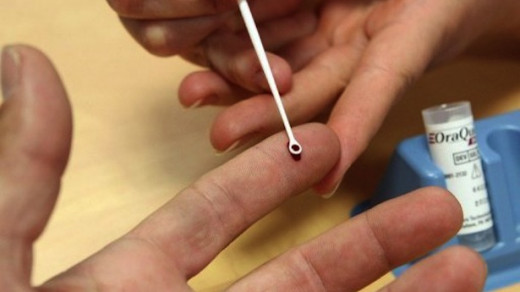
Infectious Diseases
Laboratory Investigations Of Viral Hepatitis
Urine: Bilirubin is present early in the disease. This is followed by the appearance of urobilinogen. With the onset of the obstructive phase, urobilinogen temporarily disappears from the urine to reappear during recovery. The feces is clay-coloured during the obstructive phase.
Blood: Initially, there is a leucopenia with relative lymphocytosis which reverts to normal with the onset of jaundice. Atypical lymphocytes may be present in small numbers. The erythrocyte sedimentation rate is moderately elevated in the pre-icteric phase returning to normal as jaundice appears.
Biochemical tests depend upon the severity of hepatic functional impairment. The prothrombin time may be prolonged. Serum bilirubin increases in the first two weeks to reach levels of 10 to 15 mg/dl. This is a mixture of conjugated and unconjugated pigment, the former predominating. Serum bilirubin levels return to normal in 3 to 4 weeks. Serum alkaline phosphatase level rarely goes above twice the normal value and this helps in differentiating viral hepatitis from extrahepatic obstructive jaundice. Serum transaminase values-alanine and aspartate transaminases (SGPT and SGOT)- increase considerably to reach peak levels just before or after the onset of jaundice. In the majority of cases, the enzyme levels are in the range of 200 to 600 IU/l. Raised levels may persist even for a few months after apparent clinical recovery.
Serological Markers: In HBV infection, the HBsAg level rises late in the disease and remains so for several years. In HAV infection, rise in IgM antibodies occurs early and this provides evidence of recent infection. It subsides with time. There is no specific serological test for NANB hepatitis. This is diagnosed by a process of exclusion.
Liver Biopsy: Liver biopsy is not indicated in the ordinary case. Biopsy is indicated to differentiate viral hepatitis from extrahepatic obstruction and confirm the presence of chronic hepatitis.
© 2014 Funom Theophilus Makama


